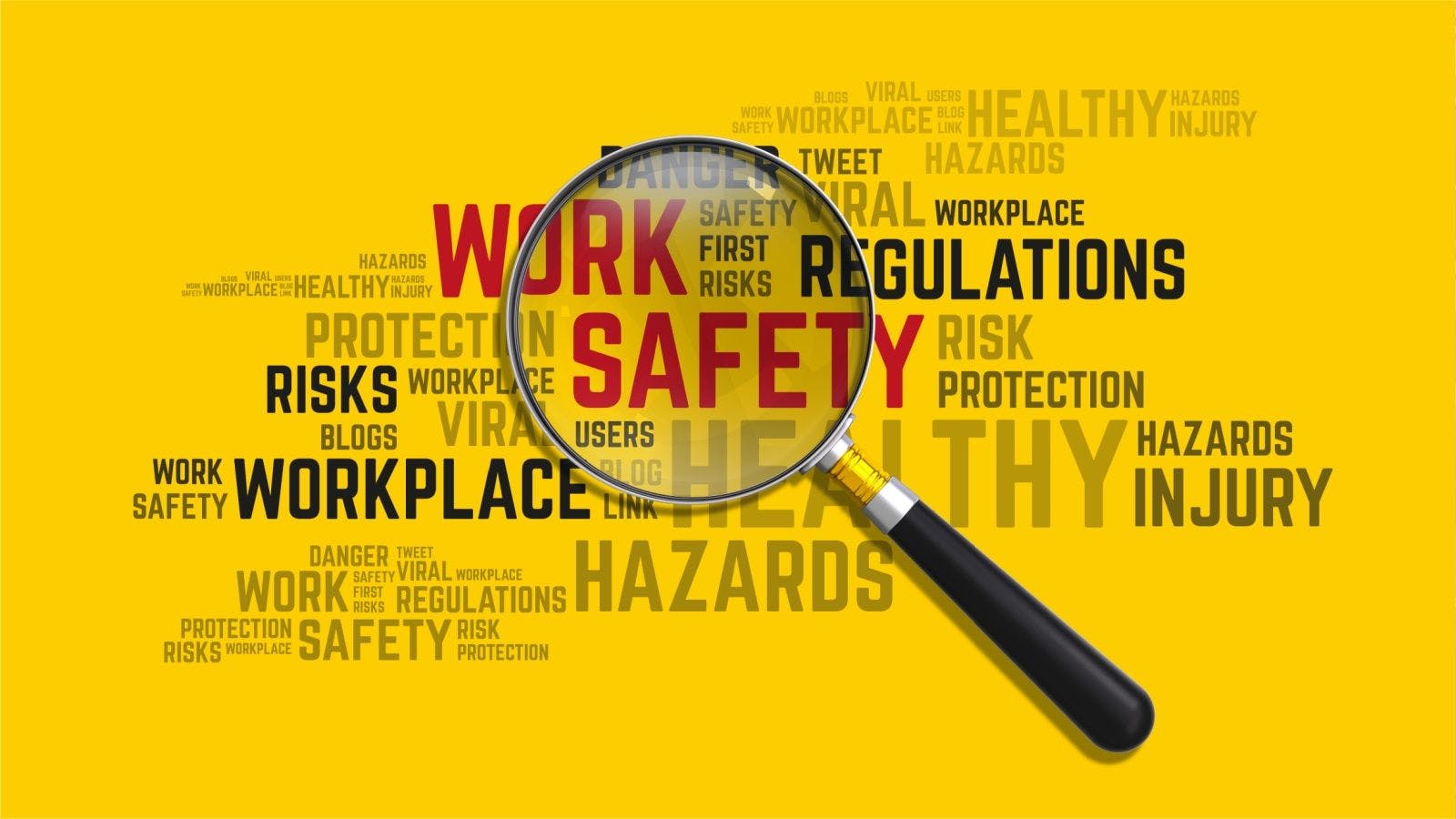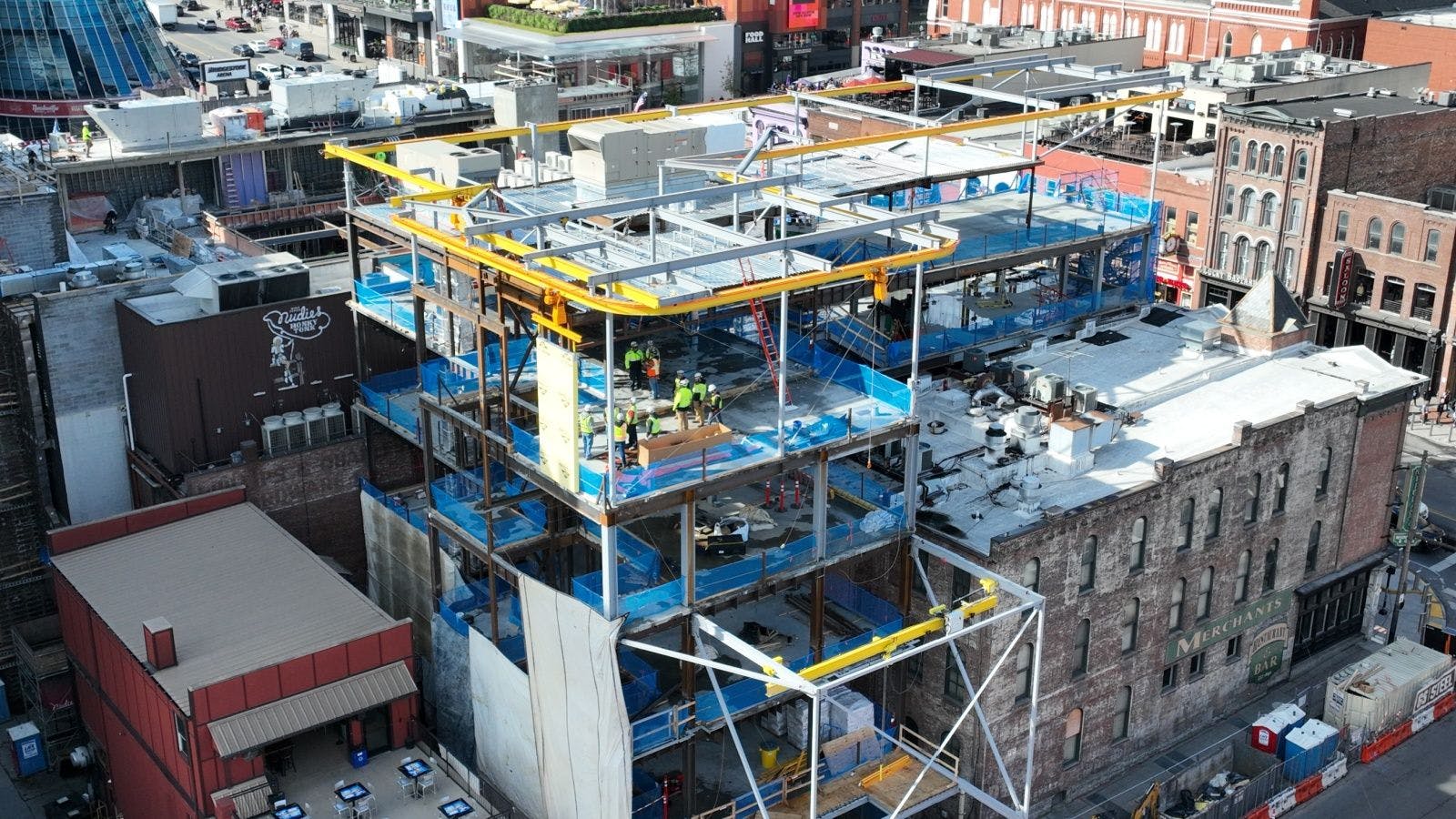
Observe and Report: AI Makes the Jobsite Safer
Safety is always the No. 1 priority in construction. First and foremost, it’s of vital importance on a human level, but it also can directly affect a project’s bottom line as well as its timeline. Fortunately, we are in a golden age of digital transformation for construction technology.
Whether it’s in the field or the office, there are smart technologies available to make project delivery faster and safer. And, as technology investments continue to increase, so too should the safety outcomes at every stage of a project’s lifespan.
YES, WE’RE TALKING ABOUT AI
As companies continue moving their operations and support systems to cloud-based intelligent construction platforms, they are not only streamlining their operations but also laying the groundwork for a safer worksite. With the ability to collect and analyze more data than ever before, project leaders can convert valuable unstructured information, such as photos, video, emails and more, into more easily actionable structured information. This can help teams identify potential risks and inefficiencies early, which enables them to make the switch from being reactive to safety incidents and near misses to being proactive in addressing possible hazards before anything bad happens.
For instance, technology solutions that utilize an AI-based safety predictive-analytics engine can harness digital data and turn it into models that can help teams better understand where their safety risks will be in the coming week. These solutions are trained on data from multiple sources, from safety observations to workforce hours to AI analytics of images from previous jobsites, allowing the predictive models to identify which 20% of projects will have 80% of incidents and near misses every week.
With this information, construction managers can prioritize their attention and work to reduce incident rates. Indeed, it’s already happening. In a 2020 report on construction safety management, Dodge Data & Analytics reported a 50% reduction in incident rate and a 75% reduction in worker’s compensation rates. Three years later, we’ve seen further measurable results in the reduction of jobsite incidents.
ONE COMPANY’S STORY
One contractor that incorporates an AI-based predictive solution to help manage safety risks on project sites is Suffolk Construction. The Boston-headquartered company uses Oracle Newmetrix AI to identify and analyze risk based on jobsite images captured during project documentation.
“The solution leverages data pulled from across our commercial project sites in the U.S. and calculates a jobsite risk rating that indicates how likely an incident is to occur,” says Tim Stroud, Suffolk’s national chief operating officer. “This is based on certain conditions that have been observed to correlate with incidents in the past.
“We can show that the things we’re tracking are absolutely predictors of incidents,” Stroud says. “We capture information via images, such as people, work boots, personal protective equipment, hard hats, tools and site equipment, and then test our hypotheses around what are the things that are driving us to have safety incidents on a jobsite.”
Suffolk started looking at structured data as well. The solution has helped them consider how many safety observations were being completed, as well as the ratio of hours being worked and more. Combining photo data and structured data, Suffolk can now accurately identify instances where project managers might have higher-risk activity or times when they may have a diluted workforce due, such as seasonal holiday time off. Armed with this vital information, project managers can then act accordingly to mitigate that risk.
OPERATIONALIZING SAFETY
As digitization spreads across all of an organization’s projects, the intelligent platform will collectively gain data points that can continue to make jobsites safer. With more detailed information, such as the frequency of safety-observation walks and even daily photographs of the worksite, these platforms will be able to flag more potential mishaps for construction teams. For instance, if a project manager consistently uploads photos of a jobsite, advanced software will be able to identify equipment that has not been correctly stored overnight and even things like standing water, which is a slip-and-trip hazard.
Predictive AI helps teams understand where to focus, why to focus there and what to do about it. But this AI-driven input is only useful if it is acted on as a part of an ongoing operational process. The connection of AI to existing project-delivery processes, such as weekly standing meetings for look-backs and look-aheads, is a critical step in driving action from analytics and AI.
Together, project teams and AI technologies can work in tandem to keep your projects safer than ever before for owners and contractors. Combining AI and operational processes brings the power of AI to your project results, saving lives, time and money.
Related stories








